Magical Walls of Dubrovnik
The most renowned tourist destination on the Adriatic coast, the magnificent city of Dubrovnik, is often nicknamed ‘the pearl of the Mediterranean’. Sure, the whole Croatian coastline is dotted with little tourist paradises, idyllic islands and beautiful landscape, so what’s the deal with Dubrovnik?
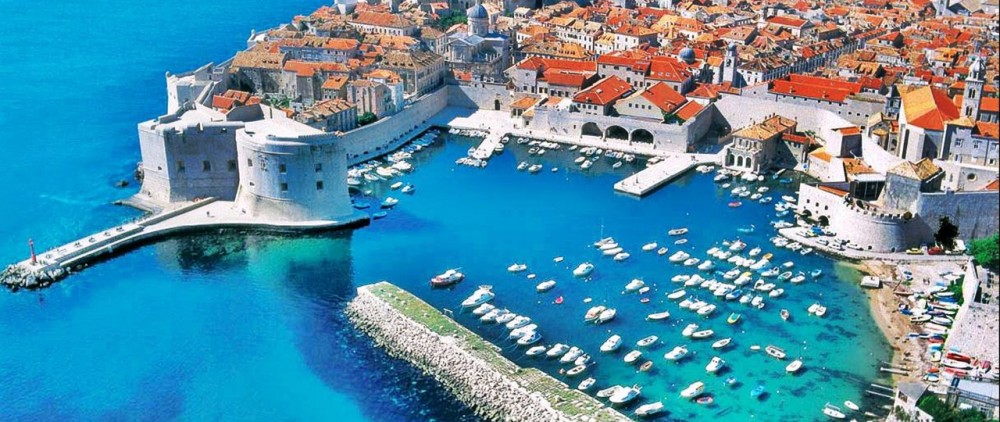
First of all, the city has a fascinating history. Dubrovnik was once a maritime republic, achieving high levels of development and wealth, reaching its peak in the 15th and 16th century. Many centuries-old buildings remain to this day, as a testimony of those times, and one especially inspires awe and respect – the walls of Dubrovnik.
The walls
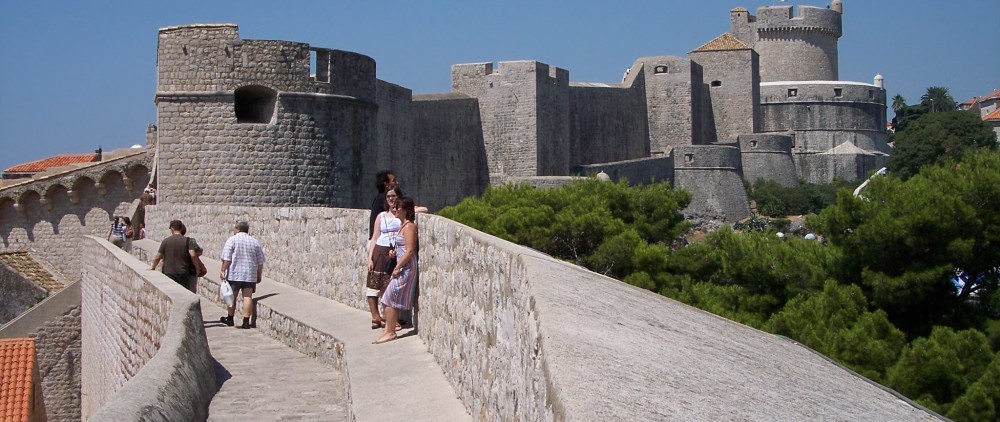
The walls are among the oldest and most preserved in all of Europe and have become the symbol of the city as they once protected the freedom of the people of Dubrovnik. They consist of three circular and fourteen quadrangular towers, with five bastions, two angular fortifications and the massive St. John’s Fortress. Of course, today they are mainly a tourist attraction, but not the only one Dubrovnik has to offer as the entire Old Town is magnificently preserved and the promenade of Stradun is the center of the city’s life. For all this, Dubrovnik was included on the UNESCO list of World Heritage Sites in 1979.
Entertainment
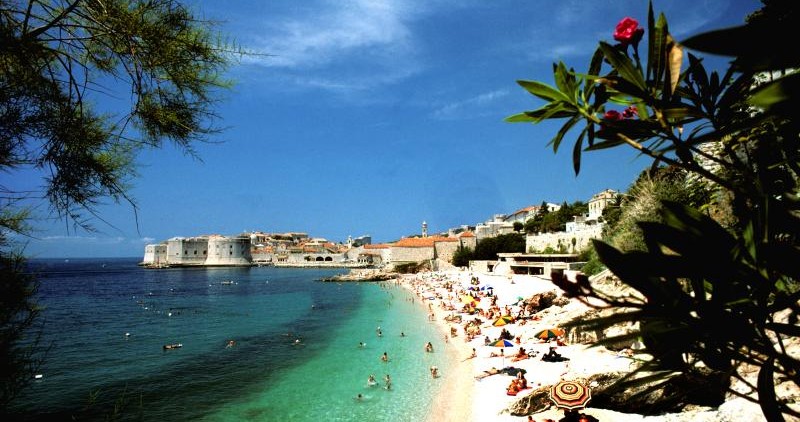
The Copacabana and St. Jacob’s beaches are the two most popular, as they are suitable for all type of water sports and summer activities. Besides spending your day at the city beaches and drinking beverages at some of the city’s cafes and bars, it is strongly recommended that you visit the island of Lokrum. It’s only twenty minutes away from Dubrovnik and a taxi-boat takes every half an hour. The islet has the status of a protected nature park. You should also take a cable-car ride to Srd Hill, which will give you a panoramic view of the entire city. Another popular destination is the medieval pharmacy, the oldest one in Europe, which is still open to customers.
Food and drink
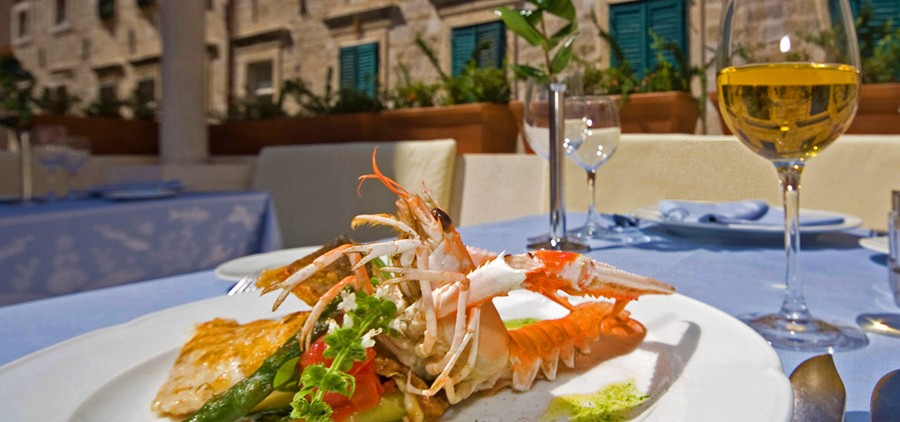
The cuisine of Dubrovnik is mostly based on fish and seafood. The waters around the city are particularly rich in squid, lobster and shells. Many local restaurants offer oysters from the nearby island of Ston. The two most known specialties are ‘sporki makaruli’ (meaning ‘dirty macaroni’) a kind of pasta served with goulash sauce, and a rozata – custard dessert somewhat similar to crème caramel.
It also has an old winemaking tradition. The vineyards of the nearby Konavle make renowned Merlot, Cabarnet Suavignon and Plavac wines, and the Kadarun, an autochthonous fruity rosé.
Transport
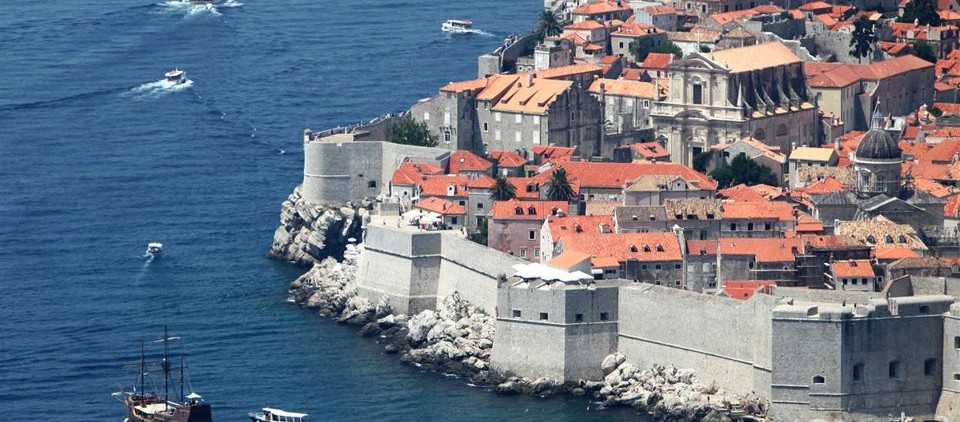
Dubrovnik has a functioning international airport, about 20 kilometers from the city’s center. Bus lines connect the airport and the main bus station in the city. There is also a network of city buses, connecting all parts of the city. Visitors from abroad can even take a flight to the nearby city of Split, which has a large international airport well connected to all European centers. From Split to Dubrovnik you can take a specialized taxi service, bus or even rent a car.
I’ve only uncovered ‘the tip of the iceberg’ when it comes to describing Dubrovnik’s wealth, tourist facilities and entertainment options. You’ll have to come and see the rest for yourselves. I promise, you won’t be disappointed.
 Previous Post
Previous Post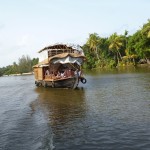 Next Post
Next Post